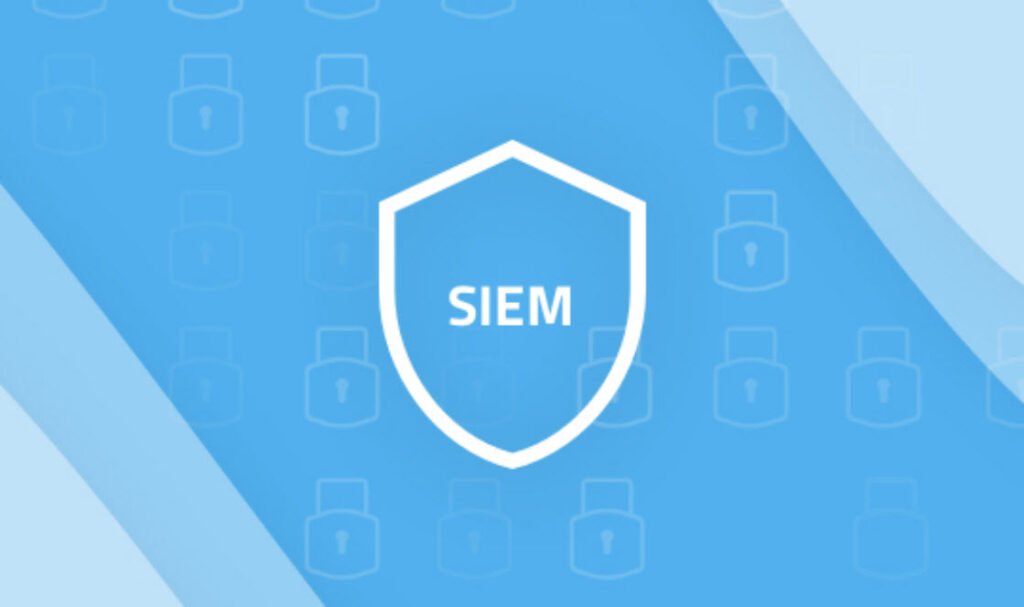
Security Information and Event Management (SIEM) systems have become essential tools for organizations seeking to fortify their cybersecurity defenses. SIEM solutions offer comprehensive monitoring, threat detection, and incident response capabilities. However, to maximize the value derived from SIEM implementations, organizations must adhere to best practices that ensure efficiency, effectiveness, and compliance.
In this article, we present the top ten best SIEM practices to help organizations gain more assured value from their SIEM deployments.
- Establish Clear Requirements
- Thoughtful Implementation Planning
- Automated Compliance Management
- Monitor and Control Access
- Strengthen Perimeter Defenses
- Ensure Resource Integrity
- Proactive Intrusion Detection and Prevention
- Robust Malware Defense
- Safeguarding Application Defenses
- Enforcing Acceptable Use Policies
1. Establish Clear Requirements
Before deploying a SIEM solution, it is crucial to establish well-defined monitoring and reporting requirements. These should encompass the organization’s security objectives, compliance controls, implementation process, and workflow. By defining these requirements early on, organizations can align their SIEM implementation with their specific needs, enabling more focused monitoring and effective incident response.
2. Thoughtful Implementation Planning
An efficient SIEM implementation requires meticulous planning. Organizations should determine the scope of the implementation, identify critical infrastructure components to be audited, specify necessary credentials and verbosity levels, and plan activation phases and configurations. By conducting a detailed implementation plan, potential challenges can be addressed proactively, leading to smoother deployment and better outcomes.
3. Automated Compliance Management
SIEM systems can play a significant role in ensuring compliance with industry regulations and internal policies. Organizations should identify relevant compliance requirements and automate compliance processes, such as collecting and managing audit data, ensuring data accessibility, integrity, retention, disposal, and fulfilling evidentiary requisites. Automation streamlines compliance efforts, reducing human errors and minimizing regulatory risks.
4. Monitor and Control Access
Unauthorized access to critical resources can lead to significant security breaches. A robust SIEM implementation must monitor and report on key status, violations, and anomalous access to critical resources. Timely detection of unauthorized access attempts allows organizations to respond swiftly and prevent potential data breaches or unauthorized activities.
5. Strengthen Perimeter Defenses
The organization’s network perimeter is often the first line of defense against cyber threats. SIEM should be used to monitor and report on the status of perimeter defenses, including configuration changes, potential violations or attacks, and any anomalous activity. By promptly detecting and addressing perimeter breaches, organizations can safeguard their internal networks from external threats.
6. Ensure Resource Integrity
To maintain a resilient IT infrastructure, organizations must monitor and report on resource integrity. This includes tracking configuration changes, patches, backup processes, vulnerabilities, threats, and any anomalous activity affecting network and system resources’ integrity and availability. By maintaining resource integrity, organizations can mitigate potential risks and ensure the smooth functioning of critical systems.
7. Proactive Intrusion Detection and Prevention
SIEM solutions are instrumental in detecting and responding to network and system threats. By continuously monitoring and responding to key status updates and incident notifications related to intrusion attempts, organizations can thwart cyberattacks in their early stages and prevent potential damages.
8. Robust Malware Defense
Malware remains a persistent threat to organizations worldwide. SIEM should be employed to monitor and report on key malware-related data, including status, threats, issues, violations, and suspicious activities. Early detection and swift response to malware incidents are vital in minimizing the impact of such attacks.
9. Safeguarding Application Defenses
Web applications and databases are prime targets for cybercriminals. Organizations should use SIEM to monitor and report on the status of application defenses, configuration changes, issues, violations, and any unusual activities. This proactive approach ensures early detection of potential vulnerabilities and safeguards critical applications and sensitive data.
10. Enforcing Acceptable Use Policies
Monitoring and reporting on the acceptable use of resources and information is vital for maintaining a secure and compliant environment. Organizations should use SIEM to track key status updates, identify policy violations, and monitor user activity. By enforcing acceptable use policies, organizations can reduce the risk of insider threats and maintain a secure working environment.
Conclusion
Implementing a SIEM solution is a crucial step towards bolstering an organization’s cybersecurity posture. However, to gain the most value from SIEM implementations, organizations must follow best practices that align the solution with their unique requirements and goals.
By proactively monitoring critical areas, automating compliance processes, and responding swiftly to threats, organizations can enhance their security posture and reduce the risk of cyber incidents. Ultimately, the adoption of these top ten SIEM practices will lead to a more assured and effective SIEM implementation.
You may also like:- How To Fix the Crowdstrike/BSOD Issue in Microsoft Windows
- MICROSOFT is Down Worldwide – Read Full Story
- Windows Showing Blue Screen Of Death Error? Here’s How You Can Fix It
- A Guide to SQL Operations: Selecting, Inserting, Updating, Deleting, Grouping, Ordering, Joining, and Using UNION
- Top 10 Most Common Software Vulnerabilities
- Essential Log Types for Effective SIEM Deployment
- How to Fix the VMware Workstation Error: “Unable to open kernel device ‘.\VMCIDev\VMX'”
- Top 3 Process Monitoring Tools for Malware Analysis
- CVE-2024-6387 – Critical OpenSSH Unauthenticated RCE Flaw ‘regreSSHion’ Exposes Millions of Linux Systems
- 22 Most Widely Used Testing Tools








